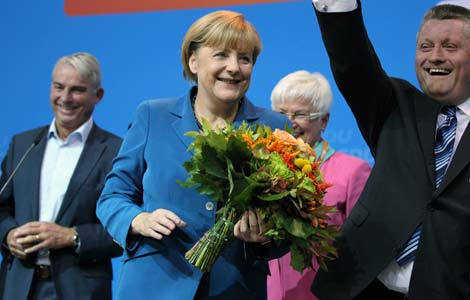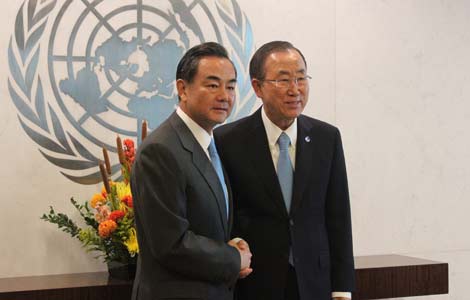Century of Asian life in the city
Updated: 2013-09-23 06:53
By Andrew Sheng (China Daily)
|
||||||||
Two years ago, the broad consensus was that global rebalancing was heading in the direction of the East. Now, with capital flowing back to the United States, the US Federal Reserve talking about tapering its bond-buying program and Asian markets and currencies retreating across the board, there is doubt whether the Asian growth story is still on.
The global rebalancing story was basically about demographics - an aging advanced society competing against younger emerging markets. But the story of the rise of the East is also about the trend of urbanization - the clustering effect of Asians into cities that will generate higher incomes and new sources of growth. This story remains unchanged.
A 2011 McKinsey Global Institute study, Urban World: Mapping the Economic Power of Cities, estimated that 1.5 billion people living in 600 cities accounted for more than half of global GDP in 2007, with the top 100 cities accounting for $21 trillion - 38 percent, of global GDP. But by 2025, these 600 cities will have one-quarter of the global population and nearly 60 percent of global GDP. As the world urbanizes, income and wealth will concentrate in cities, rather than in nations.
As one sociologist has argued, "density is destiny". The density of city population brings diversity, pluralism, competition, new ideas, culture, art, science and commerce. Cities stand at the heart of the profound change in the growth order - the economic order, social order, ecological order and the global order.
Asian cities will comprise a significant number of the top 600 cities. Of the 136 new cities that enter the top 600, all of them will come from the emerging markets, of which China will account for 100 and India will account for 13.
The interesting part of this story is that economic density today is concentrated in the advanced economies plus the emerging country megacities (with populations of more than 10 million), which together account for 70 percent of world GDP.
But these regions and megacities will only account for one-third of global growth to 2025, whereas 577 of the top 600 cities will account for half of global growth to 2025. Population in the top 600 cities will grow 60 percent faster than global population. In other words, economic power will increasingly shift toward new global cities in Asia, because the income levels of these cities will rise because of migration from the rural areas.
As we all know, immigration of new talent brings diversity, competition and a generation of vigor, innovation and entrepreneurship. These growing cities will require huge amounts of investment in urban infrastructure and housing.
At the same time, urbanization creates more demand for higher quality services, such as healthcare, social services and more sophisticated services such as finance, insurance, design, media and entertainment.
People concerned with national politics and economics forget that 80 percent of the interface between people and the State happens at the city or local level. Almost all politics is local, because the man in the street is concerned about crime and personal security, whether the garbage is collected and whether he or she gets good healthcare and a good education for the children. So the economic order of Asian cities will depend on its social order. This means that social inclusivity and income and wealth equality will be high in the order of social priority in the years to come.
What I notice is that as the world becomes more complex, reform and change is happening across Asia at the local level. Going back to Kota Kinabalu in East Malaysia for a school reunion, the small town where I grew up has been transformed into a bustling city, with the magnificent Mount Kinabalu as backdrop, and a beautiful marine national park just across the bay. But it shares the global problem of traffic jams.
Asian cities can become the powerhouse of global growth, but the road remains bumpy.
Andrew Sheng is president of Fung Global Institute.
(China Daily 09/23/2013 page20)
Most Viewed
Editor's Picks

|

|

|

|

|

|
Today's Top News
Israeli soldier killed in West Bank shooting
Death toll in Nairobi mall attack rises to 68
Verdict for Bo Xilai: Life in prison
Amber alert across Asia, but not red
China foreign minister at UN
Smithfield shareholder vote Tuesday
China signs 12 deals with Venezuela
Trending News across China
US Weekly

|

|













